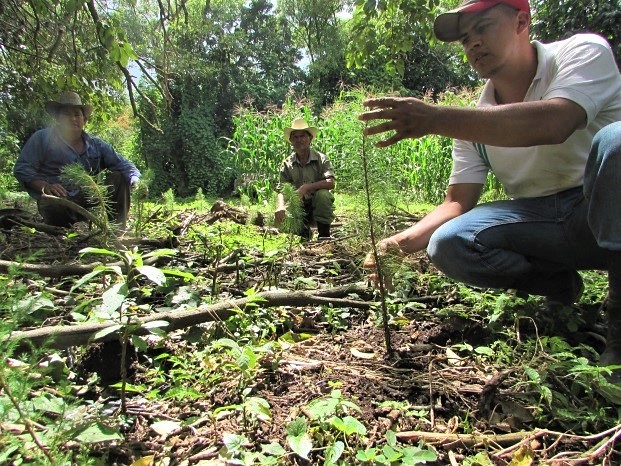Community and community institutions
At the village level, project planning, implementation and monitoring is driven by a Community Based Institution (CBI). The CSOs sensitize the communities and mobilize them to form CBIs. The CSOs prioritize reviving existing CBIs rather than forming new institutions.
Each village CBI comprises representatives/ leaders from the village community. To ensure equitable representation, the community undertakes a village wealth ranking exercise, with help from the CSO partners. This exercise categorizes the village families into four strata – prosperous, semi-prosperous, poor, and poorest. Representatives from all strata are included in the CBI.
The wealth ranking also forms the basis of implementing all household level project interventions. A landless family which is categorized ‘poorest’ will be given first preference for livelihood development activities in the village. This structure ensures that the most vulnerable are supported through the project. The CBIs and CSOs also create village level plans or vision documents.
These plans are the guiding documents for the villages and are created to address the prevalent issues in each village. These plans also help the project to adopt a bottoms-up approach of implementation and address the most pressing issues of the village
Setting the right expectations with community
Participatory and transparent approach: bottoms-up mode of planning and implementation
Selection of the most vulnerable communities
Community contribution and ownership in all project interventions
Each CBI has a nominated President, secretary and treasurer who carry the joint responsibility to initiate preparation of village level development plans, overlook its implementation and monitoring at the village level. This structure can vary depending on the existing institutions and community preference.
Essential to involve community is all aspects of planning and take their inputs before finalizing activities
Before the project was initiated the proponents undertook a detailed vulnerability assessment. After project initiation, the project team spent a great deal of time in identifying village level issues with each community.
Building rapport with the community takes a lot of time (as much as a year). This has to be considered before initiating implementaiton of activities within a village.
Community institutions need time to be functional. It is worth spending time to build a strong foundation before initiating intensive work on livelihood/ conservation initiatives. Robust institutions were deemed important towards achieving project sustainability. There are instances where CBIs in project villages (without the intervention of the CSO) took a lead to solve village level issues/ conflicts and initiate development conservation measures.
